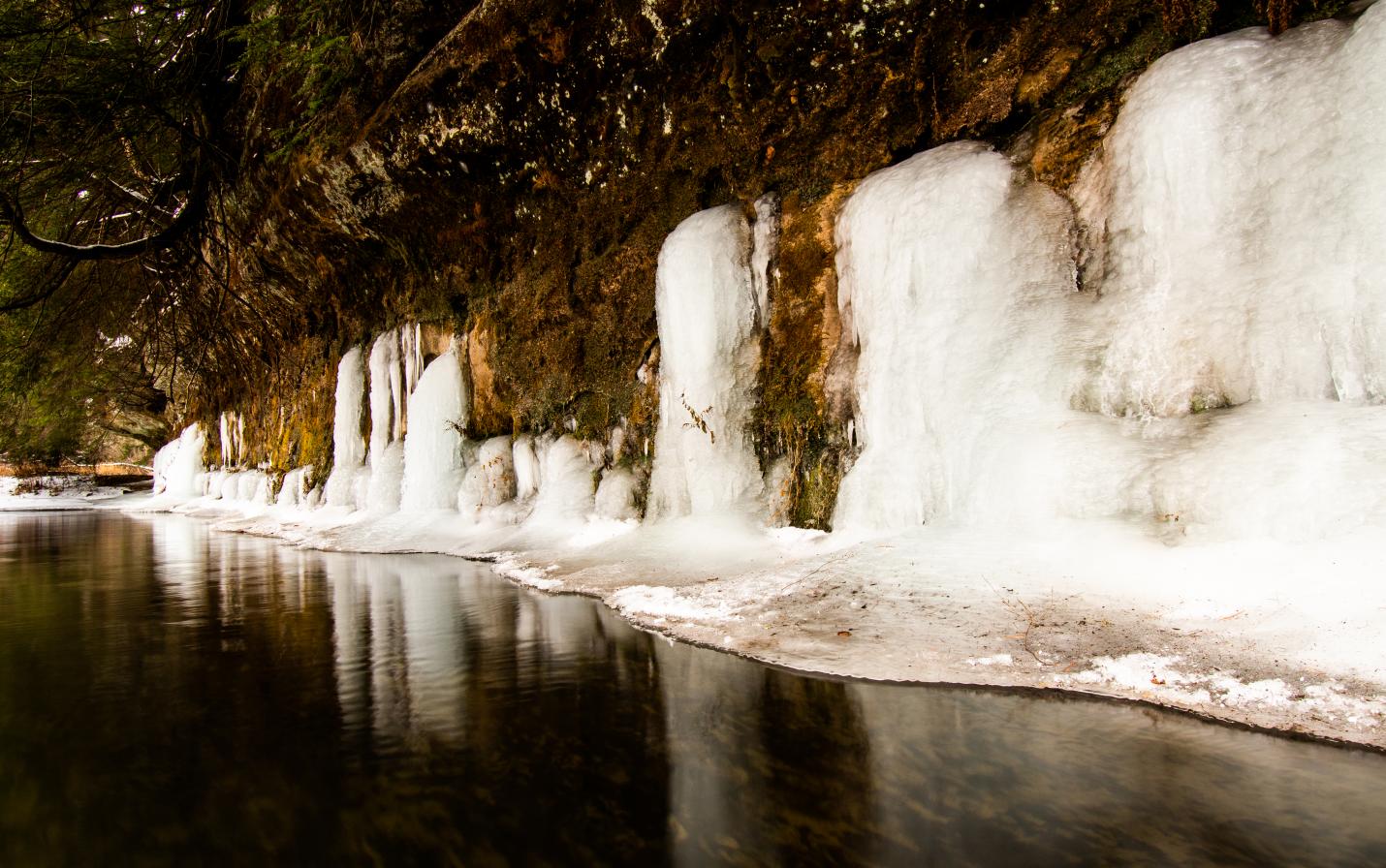
Craig Santos Perez’s Habitat Threshold is a collection of climate poetry that was published in 2020. Perez is many things including a poet, scholar, artist as well as an environmentalist and political activist.
While Habitat Threshold is a brief read, the vulnerability is anything but lacking. Perez’s emotionally clever words pair with informative graphs to provide readers with the tools to develop a more personalized environmental perspective. Through Perez’s personal anecdotes and occasional humor and wry satire regarding climate change, readers relate to his words without assuming a newfound bias towards environmental issues. This is something I have found to occur with other environmental literature. The power of poetic language allows readers to feel inspired without telling the reader exactly what to think, watering new seeds instead of drowning the old ones. This collection of poetry is comprehensible to many ages, feeding young minds and decorating wise ones, while also being accessible timewise to all those busy or bored.
I’ve chosen to provide an example of Perez’s work, the poem Thirteen Ways of Looking at a Glacier. This is a great example to highlight relatability, as La Crosse was built and developed in the driftless area. Residents are hooked quickly based on the poem’s closeness to home, but Perez’s words gently reel you onto shore. In thirteen stanzas, Perez depicts a brief timeline of glacial history and our role in their steady demise. The poem reads:
Among starving polar bears
the only moving thing
was the edge of a glacier
We are of one ecology
like a planet
in which there were once 200,000 glaciers
The glacier absorbs greenhouse gas
we are a large part of the ecosystem.
Humans and animals
are kin.
Humans and animals and glaciers
are kin.
We do not know which to fear more,
the terror of change
the glacier calving
or just after.
At the rumble of a glacier
losing its equilibrium,
every tourist in the new Arctic
chased ice quickly.
Shell explored the poles
for offshore drilling.
once, we blocked them,
in that we understood
the risk of an oil spill
to a glacier.
The sea is rising.
The glacier must be retreating.
It was summer all winter.
It was melting
and it was going to melt.
The last glacier fits
in our warm hand.
Icebergs fill the vast ocean
with titanic wrecks.
The mass of the glacier
disappears, to and fro.
the threat
hidden in the crevasse
an irreversible clause.
O vulnerable humans,
why do you engineer sea walls?
Do you not see how the glacier
already floods the streets
of the cities around you?
I know king tides,
and lurid, unprecedented storms;
but I know, too,
that the glacier is involved
in what I know.
Through this type of imagery and the pulling of a heartstring close to home, readers grasp a better understanding of their personal relationship to climate change. This poem depicts the ways we have contributed to and react to the steady decline in glacier abundance throughout the world. Perez also discusses other topics related to climate change and our role in accelerating its effects throughout this collection. Perez even utilizes other authors such as Dr. Seuss and Maggie Smith by recycling their material to fit his poetic portrayal of climate change. Another way he engages a wide variety of readers is through his personal anecdotes that describe how climate change has impacted his relationship with his daughter as well as her relationship with the environment. While his work dabbles between dark and light perspectives, ultimately Perez’s work leaves you with a bittersweet taste of renewing personal connections to the environment and recognizing our capabilities and limits of making changes to save it.
Olivia Meurette is a student of environmental literature at the University of Wisconsin-La Crosse